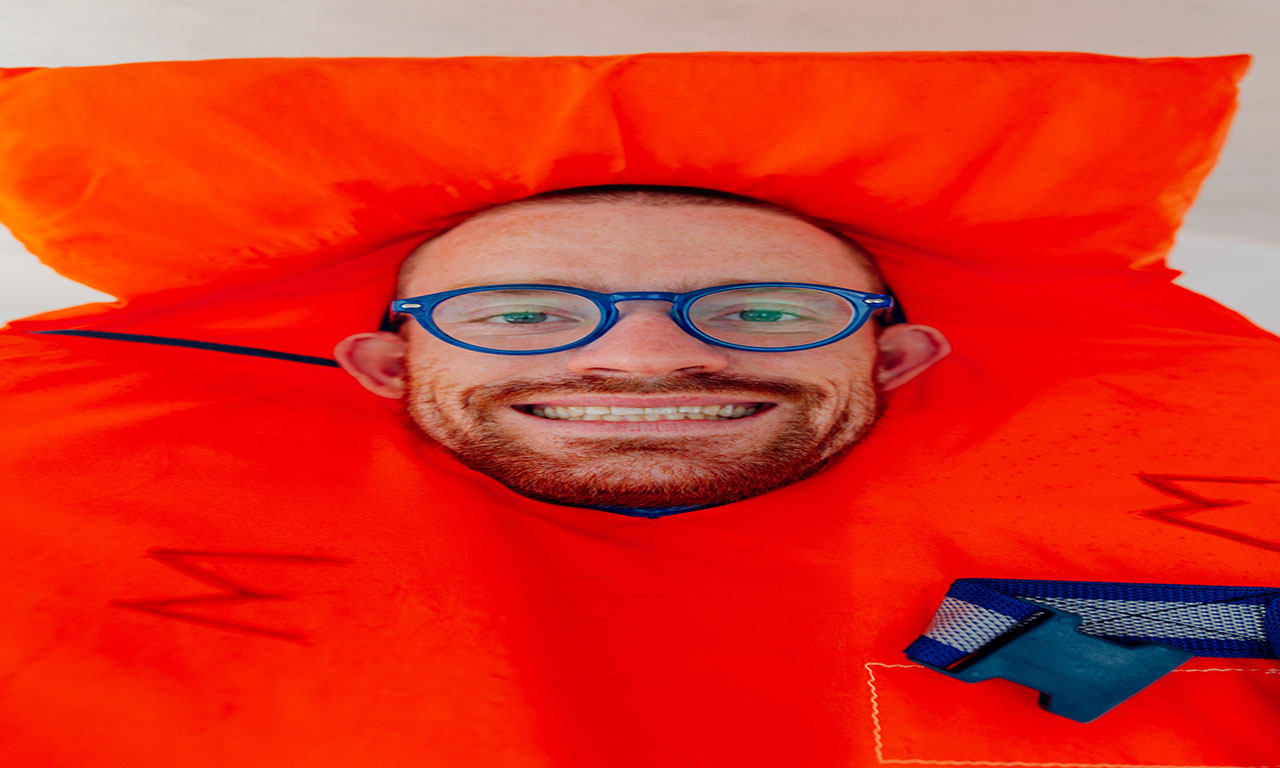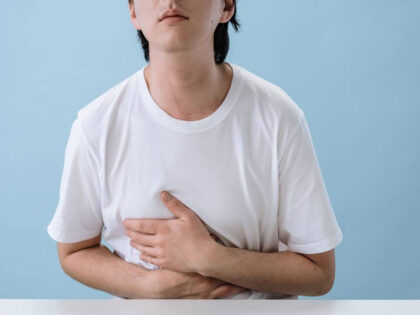Head-throb?
-
Roopashree Sharma
- Posted on
- 0 comments

Complexion-perfecting natural foundation enriched with antioxidant-packed superfruits, vitamins, and other skin-nourishing nutrients. Creamy liquid formula sets with a pristine matte finish for soft, velvety smooth skin. Made using clean, non-toxic ingredients, our products are designed for everyone …
Vata type headaches are majorly located in the cervical/ occipital regions and have a throbbing component to them.
Characteristics
- Not as severe in intensity.
- Do not have symptoms such as light sensitivity, smell sensitivity, nausea, or vomiting associated with them.
- However, sound sensitivity may be present, as it reflects an excitable nervous system.
- induced by stress, especially when sleeping and eating cycles are disturbed.
Pitta type headaches are usually located in the retro‐orbital/ temple regions and have a sharp, intense pain component to them.
Characteristics
- moderate to severe in intensity and associated with nausea, vomiting, and light sensitivity.
- Pitta, the fiery dosha, is linked to the development of inflammation. Thus, the use of anti‐inflammatory medications or herbs helps suppress this type of headache.
Kapha-type headaches are commonly located in the frontal areas.
Characteristics
- associated with congestion and allergies.
- can worsen with changes in season, especially in the spring season.
Occasionally, headaches may present themselves as a combination of doshic imbalance. For example, one may have a Pitta‐Vata headache or a Vata‐Kapha headache. These headaches are treated by balancing out both of these imbalanced doshas.
WHAT ARE MIGRAINES?
Migraine is a medical condition that involves severe, recurring headaches, and other symptoms. It occurs as part of a chain reaction, during which the veins in the brain contract and therefore sufficient oxygen is not supplied to the brain.
Is it different from the headaches caused by dosha imbalances or an aggravated stage? Let’s understand.
SYMPTOMS
Migraines usually produce symptoms that are more intense and debilitating than headaches. Furthermore, some types do not cause a headache at all.
A few common indicators of a migraine include –
1. Pulsating headache, often on one side – a throbbing, beating sensation which is fixated to one side of the face.
2. Nausea – can cause vomiting and uneasiness for a short while or even prolonged.
3. Light sensitivity – blurring, fading of vision or a black out of sight that can cause major discomfort.
4. Light headedness – one may tend to feel weak and faint.
Some of these may last for 2-3 days and can affect a person’s daily life, including their ability to work or study.
Common causes and triggers
There are various causes, types, and triggers experienced by people with migraine. Stress, hormonal imbalances, optical disturbances, etc. can induce a headache leading to an attack.
Triggers of Migraine
- Bright light
- Severe temperatures
- Dehydration
In addition to erratic food habits, certain food items can also stimulate the condition. It is imperative to observe caution and avoid foods and beverages like alcohol, caffeinated drinks, citrus foods etc.
Remedies and treatment for Migraine
While a change in lifestyle, like altering sleep cycles and dietary behaviours can provide a respite from recurrent attacks. In case of long term ailment, one should undergo proper therapy as advised by Ayurveda professionals
PREVENTING MIGRAINES AND HEADACHES THROUGH AYURVEDA
Allopathic medicine philosophy is to base the treatment on presenting symptoms – using Medications and injectable remedies to treat the symptoms, allowing temporary relief.
The Eastern, specifically the Ayurvedic approach, is to understand the root cause of the disease and provide holistic healing of mind and body. It involves taking active steps toward understanding how to achieve a balanced state. Specific herbs, dietary modifications, and lifestyle changes have been utilized for thousands of years to balance the doshas and improve chronic conditions. We suggest consulting a certified Ayurveda doctor today to identify the root cause and draw a treatment plan.
NATUROPATHY
Meanwhile, Naturopathy can also bring some relief, enclosed are a few tips –
- Dehydration: It is the primary cause of any headache-related problem. While ideal consumption varies as per your gender, daily routine, and weather conditions, a minimum of 8-10 cups, i.e. 2-3 liters per day is recommended. Remember that water is essential for many important body functions like – flushing out toxins from our body, carrying nutrients to the cells, nourishing the body liquids to cushion our joints, and most importantly helping digest the food we eat.
- Your Gut Health: The adverse effects of an unhealthy gut are way beyond digestive issues. It can impact your immunity, your skin texture, and hormone levels and can also be a cause of mental ailments like headaches and depression, even leading to cancer. Current lifestyle leading to high-stress levels, improper sleep patterns, eating processed and high-sugar foods, and consumption of antibiotics can all damage our gut microbiome. Therefore, keep a strong check on your digestive health. Some of these tips can help you.
QUICK HOME REMEDIES TO SOOTHE DURING A MIGRAINE ATTACK:
- Lemonade: Just squeeze a lemon in water at room temperature, neither chilling nor warm.
- If you are a fan of balms, they can be really soothing for headaches. But only the ones made with natural oils like eucalyptus.
- Another quick remedy is to take aromatherapy with camphor. Just keep a few pieces in your aroma lamp and you are done. Then again, make sure you are using shudhha karpur.
- Rub your nostrils with some coconut oil, it will ease your breathing and help with the dryness.
Yoga to the rescue!
Brahmri Pranayam is one of the best exercises to treat a headache. It is essentially a breathing technique where the humming sound vibrations tend to soothe the nerves around the brain and forehead.
Here’s how you can do it
It is a very easy practice. Start with placing your index fingers on the cartilage of both your ears, take a deep breath in and make a humming sound like a bee while breathing out. Try to make a high-pitched sound and repeat this pattern 3-4 times.
Migraine is a repercussion of our erratic lifestyles and eating patterns, but you can take care of it by the aforesaid therapies.
For any further queries, feel free to drop a comment. We wish you all the best in your journey to full recovery. Amen!





